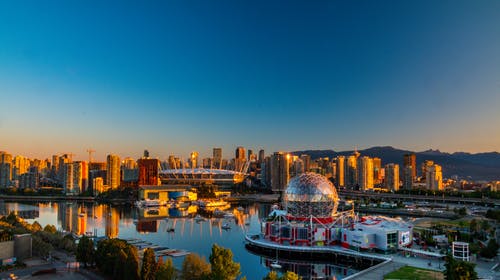What is a ’15-minute City’ model?
The 15-minute city model proposes making all essential services available within 15 minutes of walking or driving. Here’s what parking would look like in a 15-minute city.
A 2017 report revealed that US motorists spend nearly 17 hours searching for parking spots every year. This figure has worsened over the years, thanks to the rising levels of vehicle ownership.
Cities worldwide have tried to make parking more accessible by creating human-centric spaces. The concept of a 15-minute city is an effort in this direction.
What is a 15-minute city?
Conceived in 2016, the 15-minute city model proposes making all essential services available within 15 minutes of walking, driving, or traveling. To make this possible, cities would have to reimagine city layouts, revamp buildings and roads, and change the way parking works. Cities in Europe that still retain architectural layouts from a time before the automobile revolution resemble what a 15-minute city could look like, although they are no longer as walkable as they once were.
How does parking work in 15-minute cities?
-
Shared parking spaces
In traditional cities, businesses and residents have dedicated parking spots right around the building area. These parking lots are barely used and fragment the cityscape, making the city less walkable.
15-minute cities call for shared parking spaces instead, so that businesses and residential complexes located in the same vicinity can use common parking spaces. This increases parking space occupancy and reduces the total amount of unused parking space.
-
Reduction in on-street parking
The goal of the 15-minute city is to promote access and ease of mobility, and a city makes this feasible by reducing on-street parking. This way, these cities reduce on-road congestion and traffic while increasing mobility. Cars can be parked in off-street garages instead.
-
Revamping unused parking lots into community spaces
When cities opt for shared parking spaces per the 15-minute city model, some previously constructed parking lots will go empty. These can be converted into community spaces.
Reclaiming unused parking lots can be as easy as rolling out sod and setting up chairs and plants to create a pop-up park. Removing the pavement can make the space more usable for planting. Cities have often revamped parking spaces for new housing projects or retail outlets.
Final Thoughts
The 15-minute city is based on the concept of making urban spaces more accessible for residents. This process involves a reformation in parking practices. These cities can adopt shared parking and promote off-street garages to make cities more mobility friendly. Motorists can use smart parking apps to find available parking spots in off-street parking lots.
15-minute cities are better for the environment and can enhance the quality of life that citizens experience.

